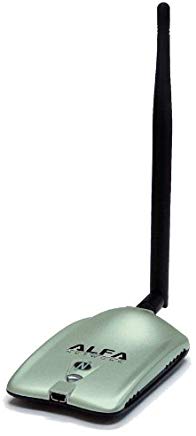User Tools
This is an old revision of the document!
Table of Contents
Internet for nomads
The internet is a lifeline for 'dwellers but it not always available in the ways it is for sedentary folk. There are several challenges:
- intermittency - the nomad will sometimes be completely out of range of internet access. i.e. no wifi or mobile data available.
- limited bandwidth - there is internet access but it is dodgy or very congested, as in an RV park or when shooting long distances to an open wifi access. Or getting 1 bar on a mountaintop in the middle of nowhere.
- security - know what is safe and what is not
- expense - mobile data is $$$ compared to residential broadband
WiFi
Wifi is to internet access as shore power is to electricity; cheap and plentiful. When wifi is available one should be prepared to take advantage of it.
don't be a jerk
Use the resource appropriately and fairly; heavy socket use like streaming netflix or uploading YT vids can seriously impact the shared network. If it's a business, spend your money there. Follow the guidelines in the End User Agreement on the splash page.
extending your reach
positioning
relocate the laptop or park so that the laptop has a clear view of the target
laptop hardware
- usb wifi dongle rather than the built in one. Preferably with movable or even detachable antennas
- seperate usb wifi like an Alfa. These things are famous for a reason. The Alfa AWUSO36-series is famous for range and technical abilities. Having a separate USB may allow you to put the wifi receiver in a window/dash and keep the laptop inside.
routers and extenders
Wifi extenders/repeaters/routers work by hopping a wifi signal from some further access point.
- extending1) takes the signal (Taco Bell Wifi, for example) and makes it available as Taco Bell Wifi in your van. The Taco Bell Wifi signal is extended beyond its original design.
- repeating2) takes the Taco Bell Wifi and repeats it as MyVanWiFi or whatever in your van
Many also remember SSIDs (access point names) and will reconnect to them as you travel. You might pull into a McDonald's parking lot and hear your phone ding: the router has already connected to the wifi and your phone 3) is asking you to click to agree to the wifi conditions.
commercial repeaters
High-end repeaters/extenders like Ubiquiti typically mount outside the vehicle. This makes for maximum range but can reduce stealth. Antenna wire losses are eliminated because the antenna is inside the receiver, and the signal brought into the vehicle over ethernet4).
 Low-end and hobbyist units cost much less and may work as well, depending on your usage.
Low-end and hobbyist units cost much less and may work as well, depending on your usage.
DIY repeaters
Raspberry Pi and similar hardware can be made into DIY extenders
mobile data
Mobile (or “cell” data) is the internet access provided by mobile telecomm networks:
- Verizon dominates the RV/vandweller market because it has the most coverage, including out-of-the-way places. This makes it the most popular carrier among nomads and boondockers. Verizon is infamous for being expensive and for doing jerky things like limiting built-in features on their phones. It can be a bit of a love-hate relationship.
- AT&T and T-Mobile are about equal – full coverage near cities and spottier coverage in the boonies. One advantage to these carriers is that their SIM cards can be put in any unlocked GSM phone.
- Sprint is rarely used due to minimal coverage
Perhaps counterintuitively, having a non-Verizon carrier can actually be desirable at RV meetups, since everyone else is likely to be hammering the Verizon towers.
MVNOs
Often you can buy data at cheaper rates. Mobile Virtual Network Operators (MVNO) are resellers who buy excess capacity from major networks and sell it to customers at reduced prices. Examples: Boost (Sprint network), U.S. Mobile (Verizon network) and many others.
The tradeoff is that your data may be deprioritized when a particular tower gets congested. Your data will still work, it'll just be slower when all those folks paying full retail start streaming Netflix at 7pm or whatever. Can't put up with that? Pay full price and take your chances with congestion anyhow.
If you want to find an MVNO for your preferred network, search for “verizon mvno”, “T-mobile mvno”, etc.


